Last week’s two whirlwind trips to Brisbane were busy with family business, but there was a chance for a few quick transporty observations.
Tourists see signs for “stations” and might assume they’re all railway stations. Nope, some of them are busway stations – they just look similar from the outside!
Boggo Road busway station has platform numbers combined with the adjacent Park Road railway station. But why don’t the two stations have the same name?
When we passed through, the railway line was closed for works, with the busway and station being used for bus replacements. Handy. Their bus replacement routes also have route numbers, which helps navigate the system when the trains are out.
Some Brisbane bus drivers say “thank you” as you touch-on your Go card. This might encourage fare compliance. Most Melbourne bus drivers in comparison don’t seem to acknowledge this.
Brisbane bus passengers are encouraged via signage to say thanks to their drivers, and many seem to do so.
Lots of resources get thrown at Brisbane buses: high frequencies on many routes, the bus ways, and innovations such as USB charging. It probably reflects that they play a significant role in the transport task, in comparison to Melbourne. Of course Brisbane has no trams.
As noted previously, the busways keep buses zooming along… at least at off-peak times. They can clog up quickly during peak. They can handle a lot of people – more than cars, but not as many as trains.
Elsewhere on Brisbane roads, there seem to be some bus lanes and jump start lanes, but little in the way of real bus traffic light priority.
Brisbane’s train system infrastructure remains impressive, but service frequencies do not.
Most rail lines run only every half-hour outside peak, including the Airport to Gold Coast line, though this is gradually moving to 15 minutes.
The exception of course is the inner section where multiple lines converge. We travelled from Wooloowin (near our hotel) to Park Road, then made a connection to a bus to UQ. Then back again. Waiting/connection time: minimal, thanks to combined high frequencies.
Wooloowin has the rail service of a busy hub station, but feels like a well-to-do residential inner suburb.
Apart from the hotel we stayed in, many of the houses were traditional Queenslanders, not South Yarra-like skyscrapers. I wouldn’t be surprised if density increases there as the city grows.
As in Melbourne, Brisbane trains seem to be mostly 6-car trains even at off-peak times. so it beats me why the new trains (“Next Generation Rollingstock” aka NGR700) were built with intermediate cabs. Maybe they envisage some 3-car running on some lines into the future.
Correction: the NGR fleet does not have intermediate cabs. The middle two carriages are non-cab/driver motor cars.
There are a lot more staff on the train system than in Melbourne, even on weekends. For a start there are drivers and guards on the trains.
But there are even more staff thanks to a screw-up with the new trains.
- Over decades, Queensland Rail have designed the system to cater for wheelchairs in the middle of the train. Guards on older trains are located here, and so are raised sections of platforms.
- But the NGR fleet was designed for the guards at the end of the train.
- So on every line they run on, station staff meet the trains and check for anybody needing assistance. It’s resulted in lots of stations staffed from first to last train, and those staff roving the platforms.
- The side effect of this is there are actually some good safety and customer service outcomes for all passengers, but I’m sure the government would have preferred not to have the additional expense.
- Maybe passengers might prefer that too, given a well-publicised shortage of drivers.
It’s nice having the airport train in Brisbane. But it’s expensive, and at most times of day it’s infrequent. Of the four trips to/from the airport, I only used it for one – where I was travelling alone, and at a time when there was a train every 15 minutes.
The train was a long way from full, but still had quite a few people aboard – perhaps 100 alighted at the end of the line at the Domestic terminal.
For one of the other airport trips I used a taxi (perhaps more expensive than Uber, but positioned right outside the terminal, with no waiting), and for another, because we’d be making some time-sensitive, non-PT-friendly trips, we got a hire car — which was pretty smooth, but I did have to navigate Brisbane’s road network, which was challenging thanks to hills preventing a Melburnian-friendly grid.
Parking in Brisbane’s CBD and surrounds is getting difficult on weekdays. They’re becoming a big city!
New in the CBD scramble crossings – with signage to educate pedestrians.
And along Albert Street there’s construction for their metro tunnel (“Cross River Rail“), though I’m not sure there’s any actual construction happening just yet. It’s due to open in about 2025, around the same time as Melbourne’s Metro 1 tunnel.
The Go Card that I first bought in 2011 still works, 8 years later. Presumably due to its 10 year lifespan, it’ll conk out in 2021, though I’m told you can actually get the expiry date extended at a station booking office. I didn’t get a chance to do this, and I’m not sure if it means the card is replaced, or just the expiry date on it is reset.
Go Card purchase cost remains at $10 (refundable deposit), but single use (2-hour) tickets are also available – they’re just a printed receipt you can show to staff. More expensive than Go Card fares, but good to have the option for tourists who only want to make a quick single trip.
And one more thing in the transport mix: apart from hire bikes, Brisbane also has Lime scooters all over the CBD and inner city. I don’t have a feel for how successful they are, but I did see a few people using them.
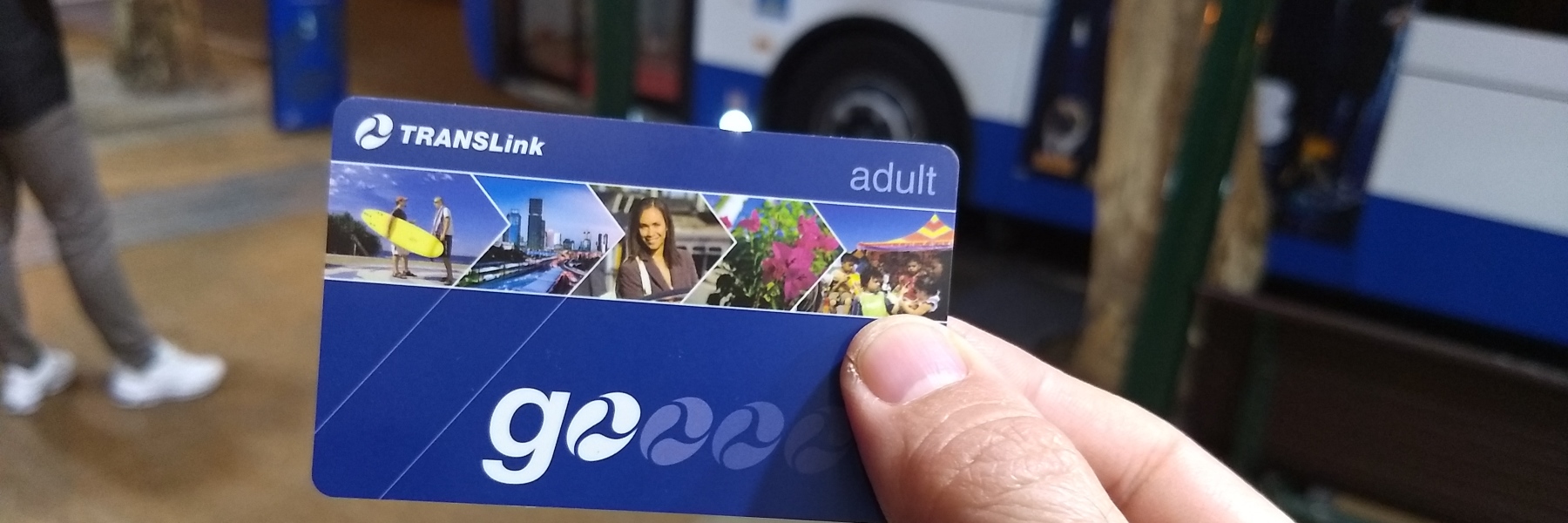

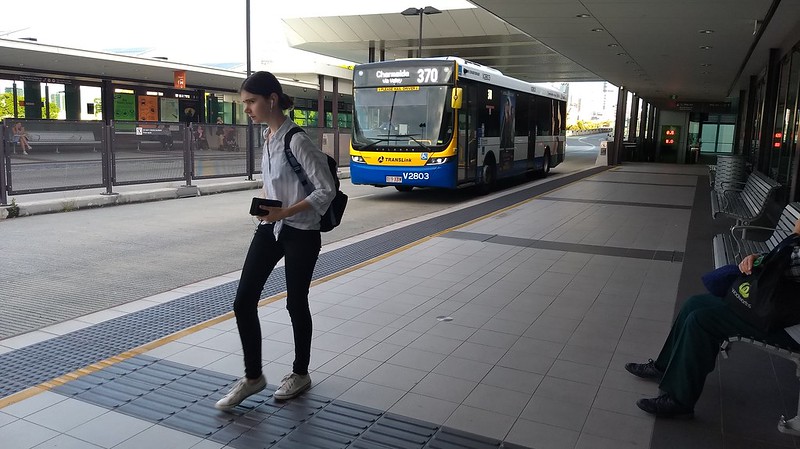
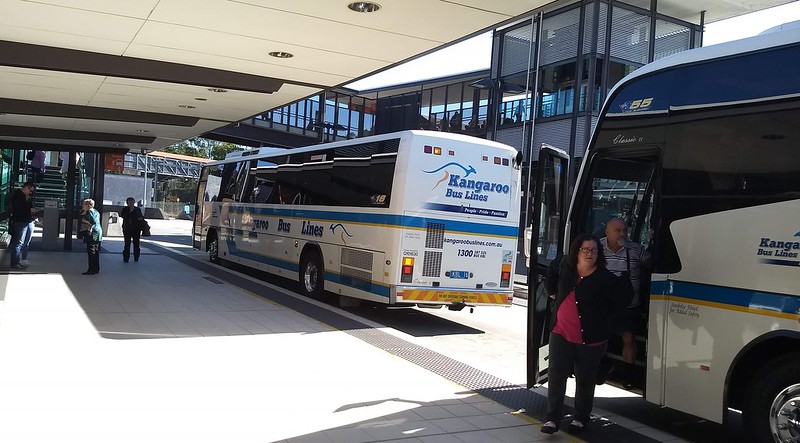

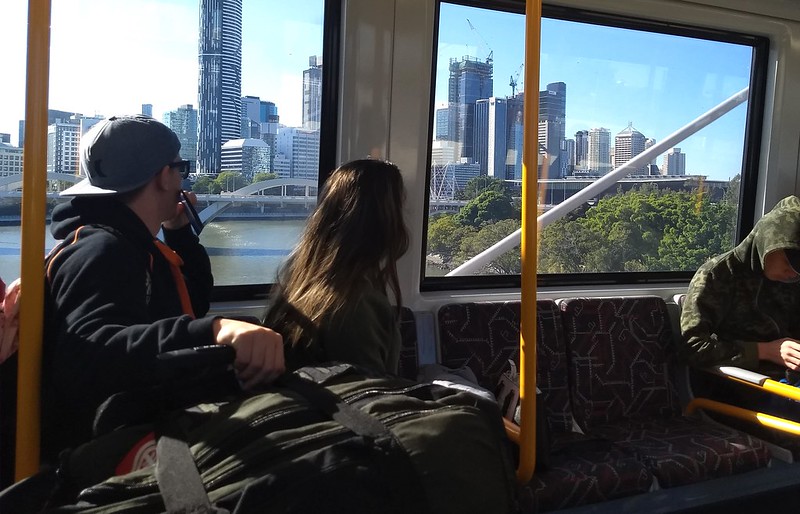
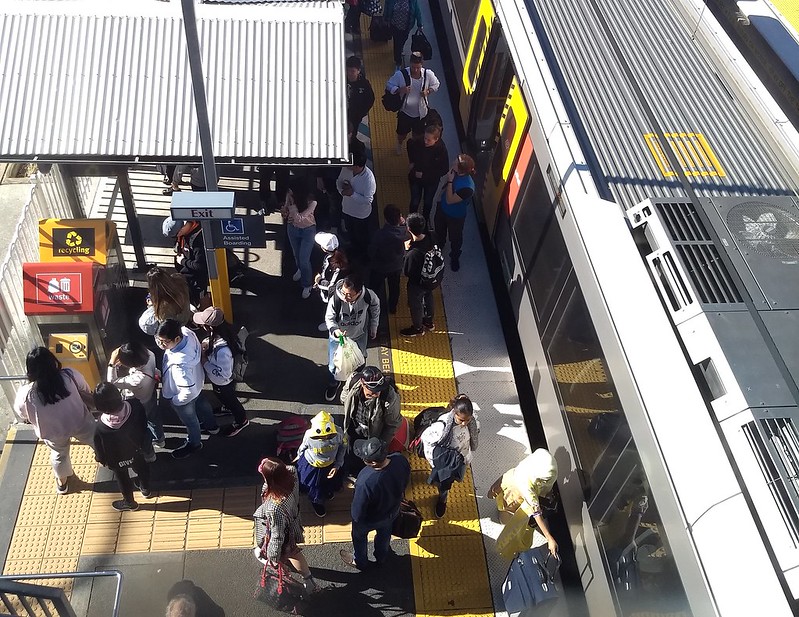


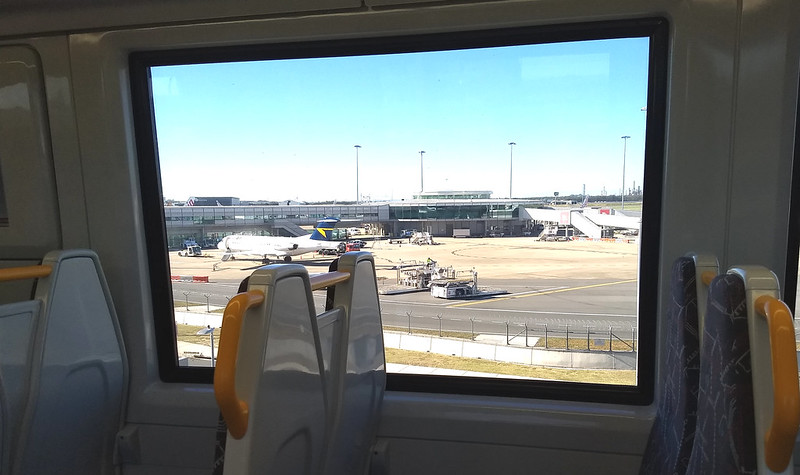



5 replies on “Some Brisbane observations”
The NGR trains are permanently coupled six-car units:
https://en.wikipedia.org/wiki/New_Generation_Rollingstock
Park Road Railway Station had been in situ for years before the Newman Gov constructed the Boggo Road bus station. There were plans to change the name of the train station to Boggo Road too, but local residents pushed back on the proposal (not sure why) so the name was never changed. Boggo Road was the old goal in Brisbane, now a tourist landmark.
Were the bus routes efficient and direct
You’ve got a new look happening. ‘Tis good. age appropriate, if that is not harsh. you tweeted your blog post from one year ago tonight. it was very good. a sad occasion for you to visit brisbane twice but interesting to learn about brisbane pt, and its new metro that i earlier thought was a train but is for buses.
@Virginia, thanks! Now it seems the Cross River Rail will include a new Boggo Road railway station.
@Llib, my sense is it was a mix. If you compare Brisbane to Melbourne, Brisbane buses are doing multiple jobs – filling the roles of all three modes in Melbourne. The busways and limited stops routes are trying to emulate train/light rail, and the inner-city routes are doing the job of trams — these all seem pretty direct. The suburban routes are doing a similar job to Melbourne’s suburban buses, and I suspect are less direct, but I didn’t really use them, and I’m having trouble finding a network map.
@Andrew, you mean the plethora of grey hair?!
The Brisbane tunnel concept has morphed several times. Under Campbell Newman it was set to be a Bus And Train (BaT) tunnel, but now it’s just trains. Wikipedia has a good summary.
As you say, they also have Brisbane Metro – a bus service – in the works.